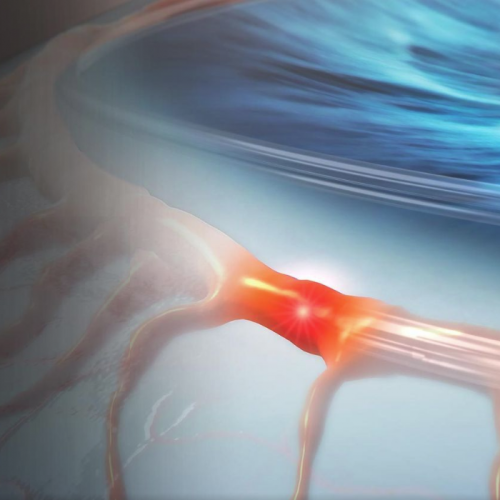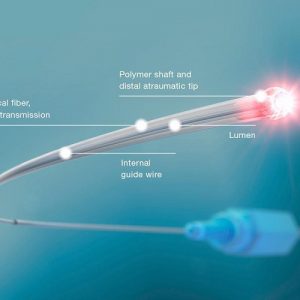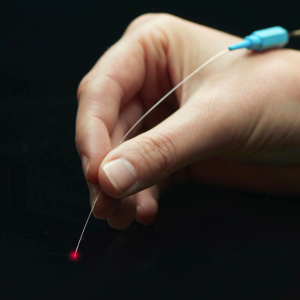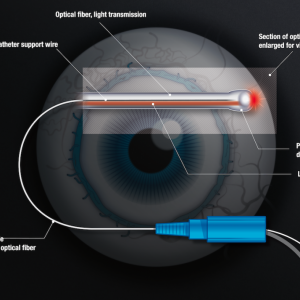Highly effective, minimally invasive
For patients with later stage disease, Canaloplasty performed with the iTrack™ surgical system is a proven and effective solution that means patients avoid the risks and discomfort associated with trabeculectomy.
- Achieves same reduction in IOP as trabeculectomy but with an improved safety profile1
- Obviates bleb formation – improving and simplifying postoperative care1
- Extensive peer review data – safe, efficacious, proven
No permanent hole, no bleb
It’s a non-penetrating surgery that does not require the creation of a permanent hole in the eye that can result in bleb formation, and its deployment doesn’t preclude or affect the outcome of any future surgical intervention.
Safe, proven, effective
With over 70,000 procedures performed to date, clinical studies show that Canaloplasty has an excellent safety profile, with minimal post-operative follow-up, faster recovery times, and infrequent intra-operative and post-operative complications.
Precisely restorative
Canaloplasty works by restoring the eye’s natural outflow pathways. During the procedure, 360º viscodilation of Schlemm’s canal opens up the ostia of the collector channels and re-establishes outflow. Additionally, the creation of the scleral lake, Descemet’s window and a tensioning suture help to contribute to a sustained reduction in IOP.
Less complications, equal efficacy
By addressing all possible sites of resistance, including potentially occluded collector channels, Canaloplasty delivers post-operative pressures in the range of 12-14 mm Hg, similar to that achieved with trabeculectomy — but with fewer complications and an improved safety profile.1
In a three-year multi-center trial by Lewis et al, canaloplasty achieved significantly lower IOP and dependence on medications. Where patients underwent canaloplasty separate to cataract surgery, mean IOP was reduced by 35% from 23.5 mm Hg to 15.5 mm Hg at 36 months. When performed in conjunction with cataract surgery, the technique resulted in a 42% reduction in mean IOP from 23.5 mm Hg to 13.6 mm Hg, combined with an 80% reduction in medications.2
1. Brüggemann A, Despouy JT, Wegent A, Müller M. Intraindividual comparison of Canaloplasty versus trabeculectomy with mitomycin C in a single-surgeon series. J Glaucoma. 2013;22(7):577-583.
2. Lewis RA, von Wolff K, Tetz M, et al. Canaloplasty: three-year results of circumferential viscodilation and tensioning of Schlemm’s canal using a microcatheter to treat open-angle glaucoma. J Cataract Refract. Surg. 2011(37):682-690.











